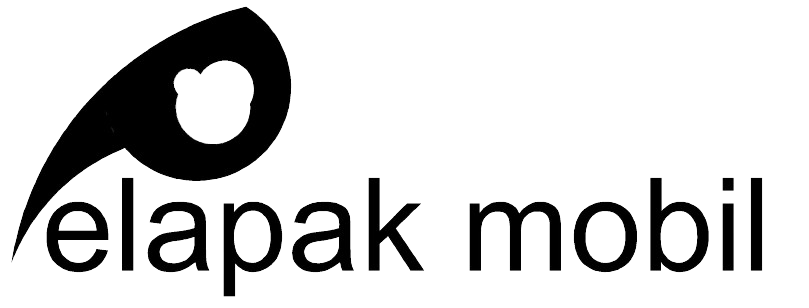The AFC U-20 Asian Cup, formerly known as the AFC U-19 Championship, stands as one of Asia’s most prestigious youth football tournaments. Established to nurture emerging talent and showcase the continent’s future stars, the competition has evolved significantly since its inception, reflecting Asia’s growing influence in global football.
Origins and Early Years
The tournament traces its roots to 1959, when the Asian Football Confederation (AFC) launched the AFC Youth Championship as a biennial event for under-20 teams. The inaugural edition, hosted by Malaysia, featured just four teams: South Korea, Malaysia, Japan, and Hong Kong. South Korea emerged as the first champions, setting the stage for their long-standing dominance in youth football.
Throughout the 1960s and 1970s, participation expanded modestly, with Middle Eastern and Southeast Asian nations joining the fray. Myanmar (then Burma), Iran, and Iraq became early powerhouses, while Japan and South Korea continued to excel. The tournament’s structure remained fluid, with varying group stages and knockout formats, but its core mission—to develop youth talent—remained unchanged.
Rebranding and Globalization
In 2006, the tournament was renamed the AFC U-19 Championship to align with FIFA’s age categorization. This era saw increased professionalism, with the AFC introducing stricter eligibility rules and centralized hosting to ensure consistency. The competition also became a direct qualifier for the FIFA U-20 World Cup, with the top four teams earning spots in the global event. This linkage elevated the stakes, pushing Asian nations to invest heavily in youth academies and scouting networks.
Australia’s integration into the AFC in 2006 added a new dimension. The Socceroos’ physical style and tactical discipline challenged traditional Asian footballing cultures, fostering a more competitive environment. Meanwhile, West Asian nations like Saudi Arabia and Qatar began leveraging oil wealth to build state-of-the-art training facilities, narrowing the gap with East Asian giants.
Modern Era and Rebranding to U-20 Asian Cup
In 2023, the AFC rebranded the tournament as the AFC U-20 Asian Cup, aligning it with the senior AFC Asian Cup and emphasizing its role as a cornerstone of continental development. The change also reflected a shift toward commercial appeal, with expanded broadcasting deals and sponsorships.
The modern format features 16 teams divided into four groups, followed by quarterfinals, semifinals, and a final. Qualifiers are held across Asia’s five zones, ensuring representation from emerging nations like Tajikistan and Vietnam. South Korea remains the most successful team, with 12 titles, followed by Myanmar (3) and Iraq (2). Recent editions have seen surprises, such as Saudi Arabia’s 2022 triumph and Uzbekistan’s rise as a perennial contender.
Notable Players and Legacy
The tournament has been a springboard for global stars. Son Heung-min (South Korea), Keisuke Honda (Japan), and Ali Adnan (Iraq) all honed their skills here before becoming household names. Similarly, Qatar’s Akram Afif and Iran’s Sardar Azmoun used the platform to launch illustrious careers.
The AFC U-20 Asian Cup has also driven tactical innovation. Japan’s possession-based philosophy, South Korea’s high-pressing game, and Saudi Arabia’s blend of physicality and flair illustrate the continent’s diverse footballing identities.
Challenges and Adaptations
The tournament hasn’t been without hurdles. Political tensions, such as North Korea’s frequent withdrawals, and logistical issues, like the COVID-19 pandemic forcing the cancellation of the 2020 edition, have tested organizers. However, the AFC’s adoption of bio-secure bubbles and emergency protocols ensured the 2023 tournament proceeded smoothly in Uzbekistan.
The Future
Today, the AFC U-20 Asian Cup is more than a competition—it’s a symbol of Asia’s footballing ambition. With plans to expand to 20 teams and integrate advanced technologies like VAR, the AFC aims to enhance fairness and visibility. Nations like Indonesia and Thailand are investing in grassroots programs, signaling a more balanced competitive landscape.
Over six decades, the AFC U-20 Asian Cup has grown from a regional contest into a vital incubator for football talent. It bridges the gap between youth potential and professional success, embodying Asia’s relentless pursuit of excellence. As the tournament continues to evolve, it promises to unearth the next generation of stars, ensuring the continent’s place on the global football stage.













